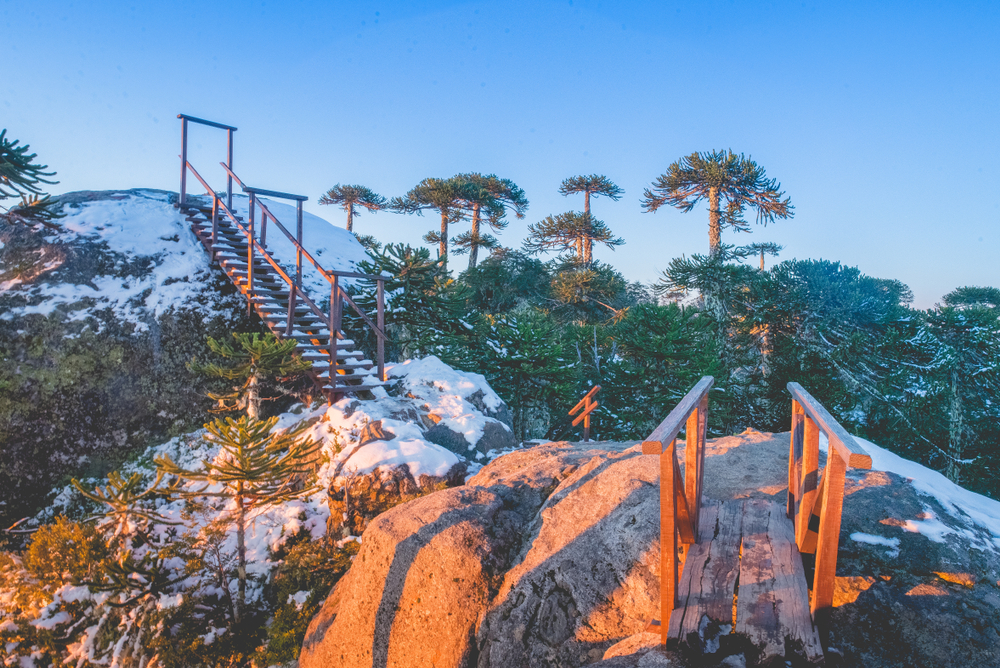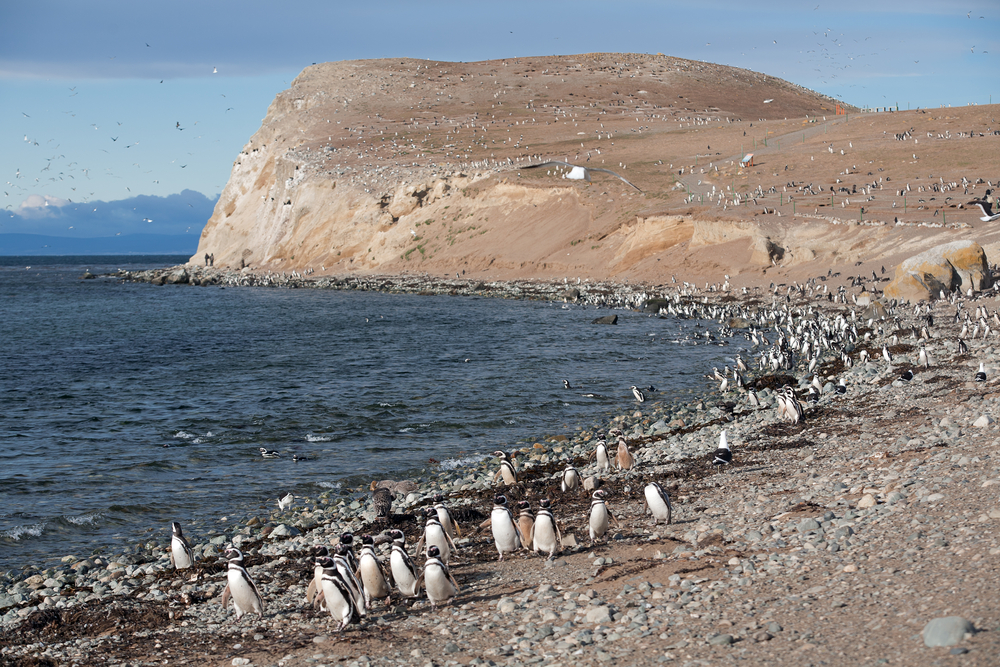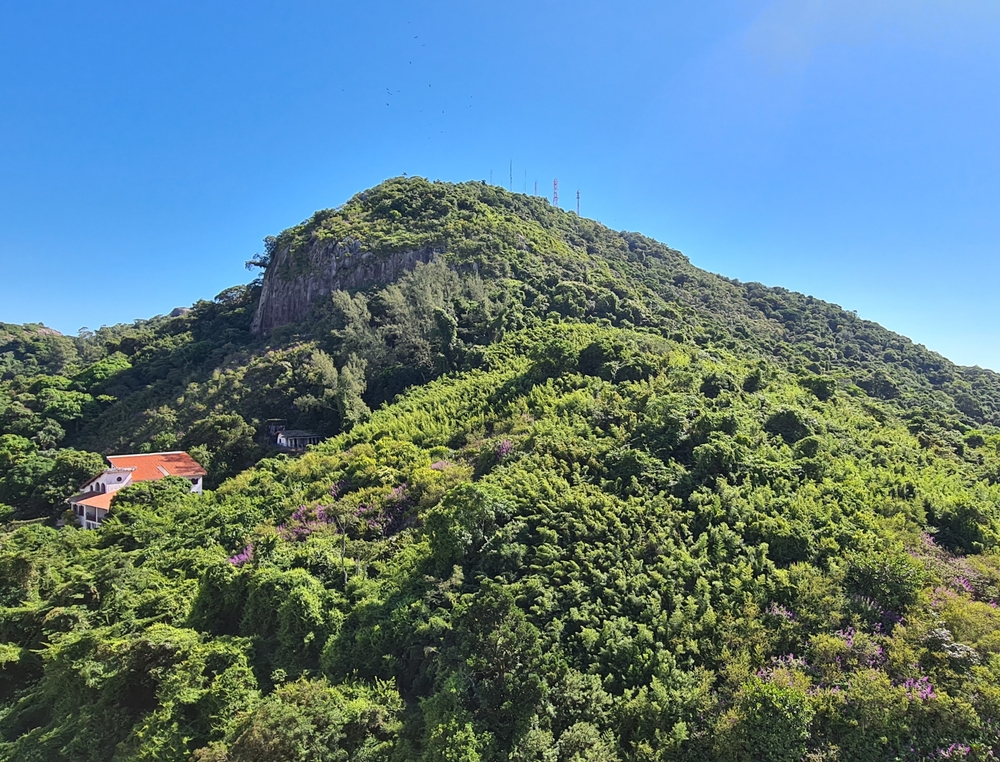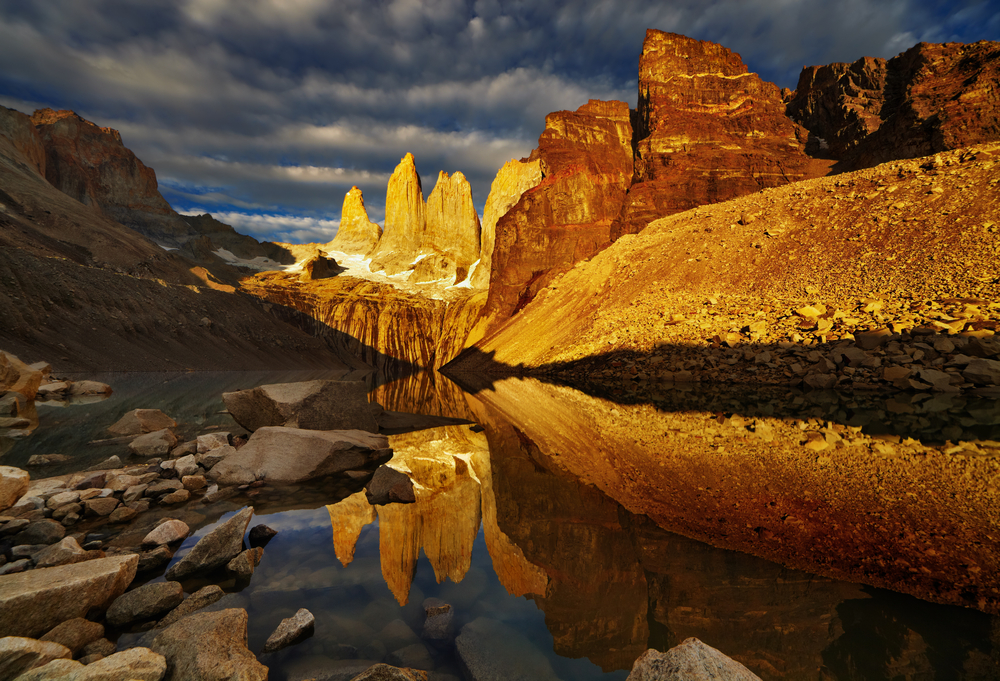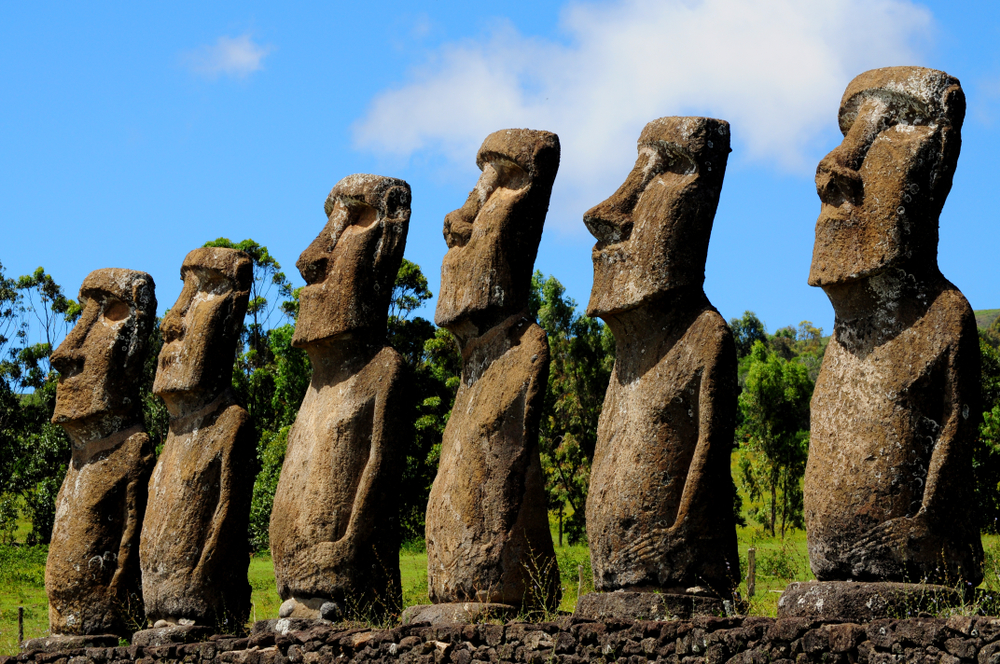Nahuelbuta Overview
Nahuelbuta National Park, or Parque Nacional Nahuelbuta in Spanish, is located in the southern part of Chile, within the Araucanía Region. The park covers an area of approximately 118 square kilometers (45 square miles) and is situated in the Nahuelbuta Mountain Range, which separates the coastal region from the Central Valley.
Its name, derived from the Mapuche language, translates to “Big Tiger” or “Big Puma,” reflecting the indigenous heritage of the area. Despite its relatively small size, the park holds significant ecological and cultural importance, offering visitors a chance to explore a unique part of Chile’s biodiversity and landscapes.
The park is distinguished by its rugged terrain, dominated by the Nahuelbuta Range, which rises above the surrounding lowlands. At its highest point, Cerro Anay (1,450 meters or 4,757 feet), visitors can enjoy breathtaking panoramic views stretching from the Pacific Ocean to the Andes Mountains.
The landscape is a mix of ancient forests, rocky outcrops, and deep ravines, creating a visually striking and diverse environment. One of the most remarkable features of the park is its extensive stands of Araucaria araucana, commonly known as the monkey puzzle tree.
These prehistoric trees, some of which are over a thousand years old, give the park an almost mystical feel. Alongside the Araucaria forests, other vegetation includes coigüe, lenga, and various types of ferns and mosses that thrive in the cool, humid climate.
Nahuelbuta National Park is home to an impressive variety of wildlife, making it an excellent destination for nature enthusiasts. Among the mammals found here, the most notable are the elusive puma, the small but hardy kodkod (a rare wild cat), and the pudu, which is the world’s smallest deer.
The park is also home to the monito del monte, a tiny marsupial that is a living fossil, with origins dating back to the time of the dinosaurs. Birdwatchers will find plenty to admire, as the park hosts species such as the majestic Andean condor, the striking Magellanic woodpecker, and the Chilean pigeon. The rich biodiversity makes Nahuelbuta an essential refuge for several species that are either endangered or found in limited regions.
One of the park’s main attractions is Piedra del Águila, a massive rock formation that provides a spectacular viewpoint. From this vantage point, visitors can take in stunning views of the coastal mountains, the Pacific Ocean, and on clear days, even distant volcanoes of the Andes.
The park’s network of trails offers various ways to explore its beauty, with paths leading through dense forests, past streams, and up to scenic lookouts. The Sendero Piedra del Águila is one of the most popular hikes, taking visitors through Araucaria forests to reach this famous rock formation. Camping and picnicking are also common activities, allowing visitors to fully immerse themselves in the peaceful and pristine environment.
Visitors can experience the park through hiking, wildlife observation, and photography, with many trails suited for different levels of experience. The best time to visit is during the summer months (December to March), when the weather is more favorable for outdoor activities.
However, autumn brings a special charm, with the changing foliage creating a vibrant display of red, orange, and yellow hues. Due to its elevation, the park can also receive snowfall in the winter, making it a unique spot for snow trekking.
Nahuelbuta National Park faces conservation challenges, including threats from illegal logging, climate change, and encroaching human activities. However, efforts have been made to preserve its unique ecosystem, including reforestation projects and increased awareness campaigns about the importance of protecting the ancient Araucaria forests.
The park is part of Chile’s national park system, managed by CONAF (Corporación Nacional Forestal), which has been implementing strategies to improve visitor management and minimize human impact.
These conservation efforts are crucial in maintaining the delicate balance of this remarkable ecosystem and ensuring that future generations can continue to experience its natural wonders.








































































